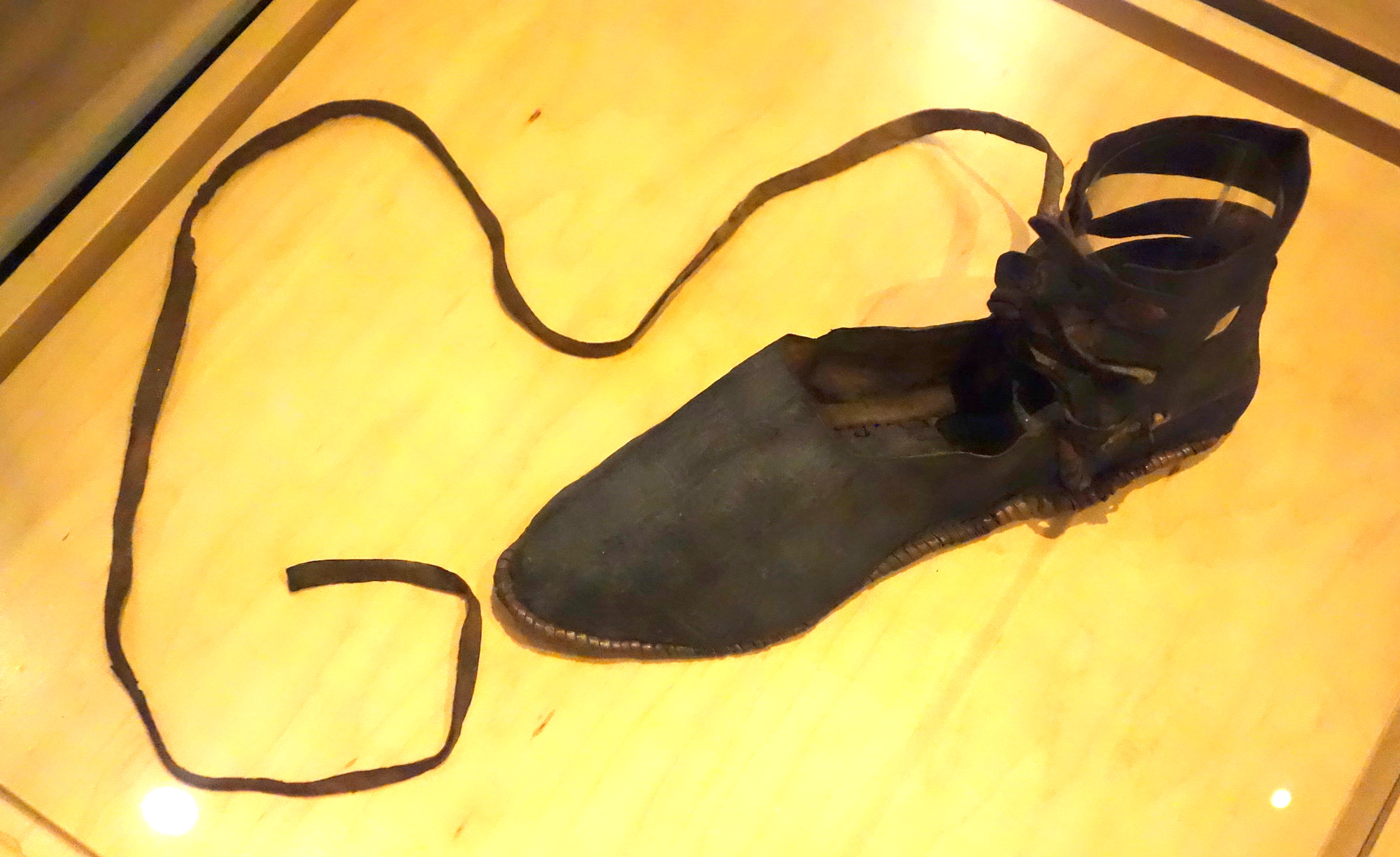The Coming Week’s Daf Yomi by Rabbi Adin Steinsaltz
This essay is based upon the insights and chidushim (original ideas) of Talmudic scholar Rabbi Adin Steinsaltz, as published in the Hebrew version of the Steinsaltz Edition of the Talmud.
This month’s Steinsaltz Daf Yomi is sponsored by Dr. and Mrs. Alan Harris, the Lewy Family Foundation, and Marilyn and Edward Kaplan
Introduction to Masechet Yevamot
Masechet Yevamot is the first tractate in Seder Nashim (the Mishnaic order that deals with issues of marriage and divorce). While Masechet Yevamot focuses on the rules and regulations concerning levirate marriage, nevertheless, it involves an examination of forbidden sexual and marital relationships, as well as the severity of those prohibitions. Thus, the study of Masechet Yevamot becomes a basic source for all of Seder Nashim.
The mitzvah of yibum (levirate marriage) appears only once in the Torah (Devarim 25:5-10); however, its application – which is not an uncommon occurrence – involves so many general concepts of Jewish marriage and relationships that an entire tractate is devoted to its study.
Conceptually, the mitzvah of yibum can be understood as follows:
When a man passes away having brought no offspring into the world, it leaves a vacuum in the soul of the individual who has not succeeded in fulfilling his life’s goals. The surviving brother – the yavam – is called upon to replace his brother who has passed on and, by marrying his wife, effectively takes that brother’s place. For this reason, the Torah does not require any formal ceremony for yibum, as this marriage is not seen as a new relationship, but rather as a continuation of an already existing one. Ideally, this relationship will bring children into the world, thus fulfilling the life goals of the dead brother.
In the event that the yavam and yevamah choose not to carry on the relationship, the Torah calls for a ceremony of atonement and purification – known as chalitzah – to take place. Not only are the yavam and yevamah freed of their mutual obligations by means of this ceremony, but the circle of life of the deceased brother is marked as coming to a close, as well.
The basic foundation of yibum is unusual, in that a woman who was married to a man who dies with no offspring is permitted to marry one of his brothers, and, in fact, is performing a mitzvah in doing so. This rule stands in opposition to the law forbidding someone from marrying a woman who is married to his brother (see Vayikra 18:16 and 20:21), one of the issurei erva – forbidden sexual relations – for which the punishment is karet, one of the most severe penalties in the Torah.
The mitzvah of yibum is unusual not only because of its being an apparent exception to the rules of issurei erva, but also because the Torah offers an option that allows an alternative to fulfilling this mitzvah. Should the surviving brother decide that he does not want to marry his sister-in-law, he can choose to perform a ceremony called chalitzah, and she will then be free to marry outside of the family. Generally speaking, we find mitzvot in the Torah that are either obligatory under all circumstances (like the commandment to love God or to lay tefillin), or else under specific circumstances (like rules of business or slaughtering animals for food). Once a person is obligated, however, he must carry out the mitzvah as commanded. Thus, the Sages do not understand the option of chalitzah as negating the mitzvah or yibum; rather, it is presented as an alternative mitzvah, and according to one opinion (Yevamot 39b) the preferred mitzvah.
Another out-of-the-ordinary aspect of yibum is the unusual relationship that is created. Under normal circumstances a man and woman choose to marry one another by their own free will. In the case of yibum, the man and woman involved find themselves in a relationship imposed upon them by the Torah. An analysis of that relationship – referred to by the Sages as zikah – is one of the foundational questions taken up in Masechet Yevamot. While some of the Sages view zikah as simply a preparatory state that exists until the yavam chooses to perform either yibum or chalitzah, the conclusion of the Gemara is that it is almost a form of marriage, with the woman seen as engaged to her late husband’s brother.
To clarify intentions, the Sages required the yavam who plans to fulfill the mitzvah of yibum to perform an act of kiddushin – referred to as ma’amar – prior to performing the mitzvah. Similarly, they give a certain amount of credence to a get (divorce document) given by the yavam to his sister-in-law, even though it is only through chalitzah that she will become free to marry outside the family.
In addition to his monumental translation and commentary on the Talmud, Rabbi Steinsaltz has authored dozens of books and hundreds of articles on a variety of topics, both Jewish and secular. For more information about Rabbi Steinsaltz’s groundbreaking work in Jewish education, visit www.steinsaltz.org or contact the Aleph Society at 212-840-1166.
The words of this author reflect his/her own opinions and do not necessarily represent the official position of the Orthodox Union.

